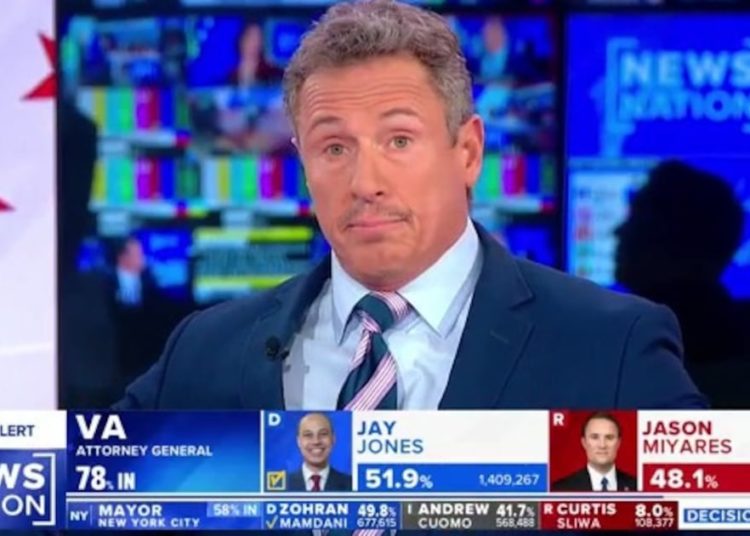U.S. President Donald Trump on Wednesday followed through on so-called secondary tariffs of 25 percent on India to punish the country for buying large volumes of Russian crude oil. This is despite the fact that the United States previously encouraged New Delhi to buy Russian crude to stabilize global markets and meet India’s energy and economic objectives.
Global oil markets were nonplussed at the prospect of secondary tariffs on India, and greeted their actual arrival with a yawn. Brent crude, the global benchmark, rose by less than 50 cents a barrel. That indicates that traders do not expect Trump’s tariffs to change India’s oil-consumption habits in a big way, or take serious volumes of Russian oil off the market.
In theory, if the United States were serious about putting pressure on Russia’s main source of financing for its war in Ukraine, going after the big buyers of Russian crude could be a smart move. India is the second-biggest buyer of Russian oil, after only China, with a (legal) trade relationship with Russia that is worth billions of dollars a year to Moscow. The United Kingdom, the European Union, and the United States under the Biden administration went directly after Russian oil exports by sanctioning the vessels that carry the crude, so dissuading customers from buying it seems a reasonable step.
Except that Trump’s latest pressure move is against India, not Russia, and will not be likely to dent Russia’s energy revenues or materially weaken its ability to continue its war on Ukraine. And it has not sat well in India.
“It is presented as an oil issue but it’s still not applied to the largest importer [of Russian oil], China,” said Indian Foreign Minister S. Jaishankar at the Economic Times World Leaders Forum last week. “At the end of it all, we make decisions that are in national interest.”
The main reason, according to people who know, that Trump is going after Indian purchases of Russian oil is because India’s prime minister, Narendra Modi, refused to acknowledge the alleged role Trump and the United States played in brokering a cease-fire with Pakistan over Kashmir. Trump has claimed credit for brokering that peace, one of the six or seven wars he claims to have ended this year. Modi had to call the White House to explain to Trump that there was no U.S. mediation in the cease-fire, which was resolved entirely through Indian-Pakistani channels.
The other reason Trump is going after Indian oil purchases is because he is angry at India for continuing many of the same trade policies it has maintained for decades, including those meant to protect dairy, agriculture, and small farmers. That is why the total U.S. tariff rate on India is now 50 percent, to be paid for almost entirely by U.S. businesses and customers who used to enjoy buying Indian pharmaceuticals, clothes, textiles, and steel but who will now face sticker shock.
If Trump were serious about squeezing Russian oil revenues by going after its customers, China, which buys more Russian crude than India does, would be in the crosshairs. And yet it is not, despite repeated administration warnings that the United States is prepared to levy high tariffs on China. The fact that China, unlike India, has strong leverage in its dominance of rare-earth products required by U.S. industry and defense firms might explain that reticence.
But even if India were to partially comply with the Trump threats and stop buying some Russian barrels, it would have to turn instead to the Middle East to match the type of oil its refineries need. That oil previously went to China. So if India buys that oil, China could just buy more Russian barrels, since it faces no realistic threat of secondary tariffs. The net result would be a reshuffling of tanker traffic, and a lot of paperwork, but no change in Russia’s bottom line.
Meanwhile, if the Trump administration were seeking to squeeze Russian revenues and force Moscow to a negotiated peace, it could go after the low-hanging fruit it has left untouched all year, from fresh sanctions on Russia’s shadow fleet to seizing frozen Russian Central Bank assets to further sanctioning big Russian energy companies.
Instead, the Trump administration has given permission for the West’s biggest oil company, ExxonMobil, to continue talks with Russia about diving back into that huge market and offering Moscow the capital, technology, and expertise it needs to reverse a looming slowdown in its own oil production.
The post As Trump’s Higher India Tariffs Go Into Effect, Oil Markets Shrug appeared first on Foreign Policy.




